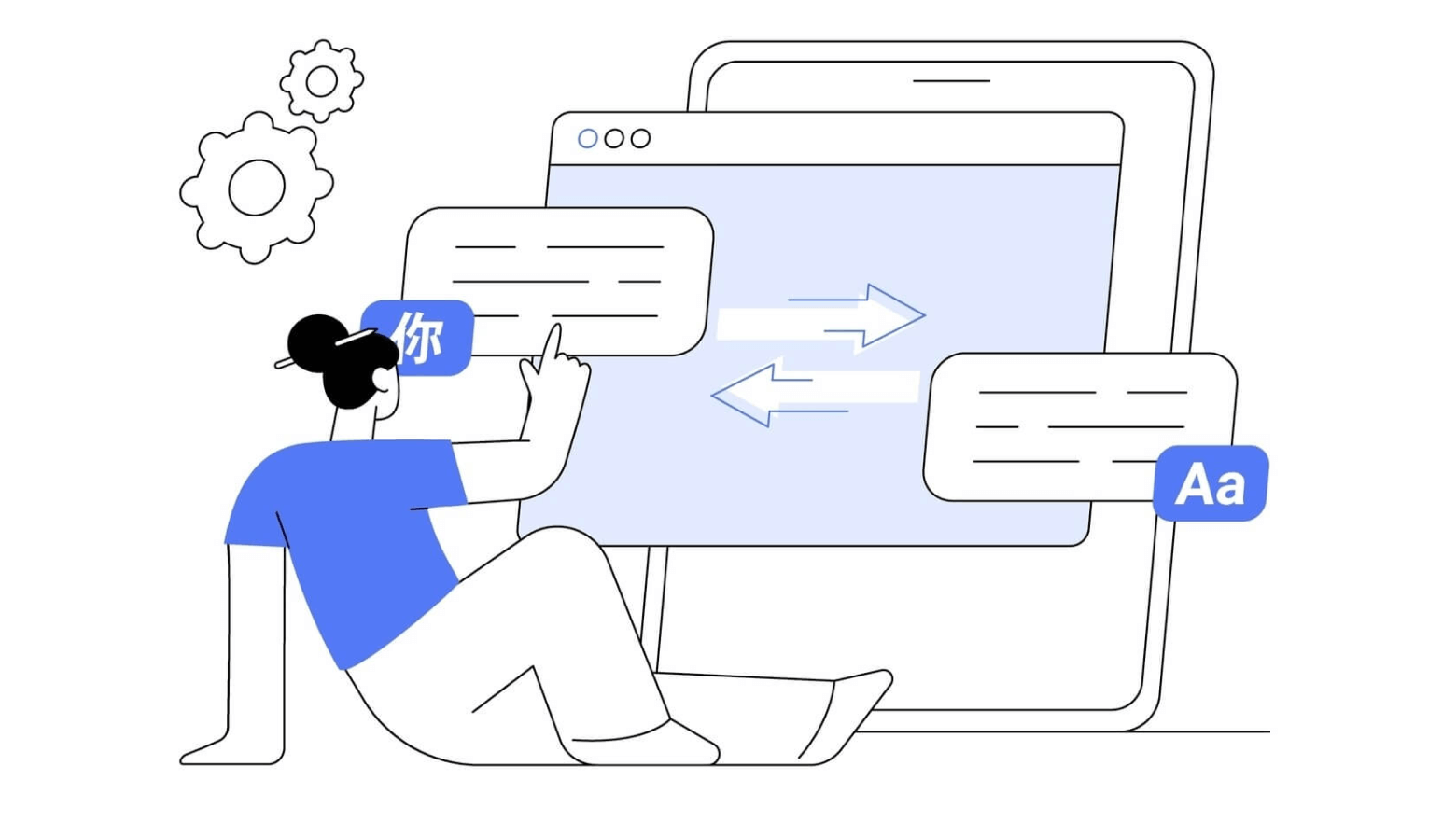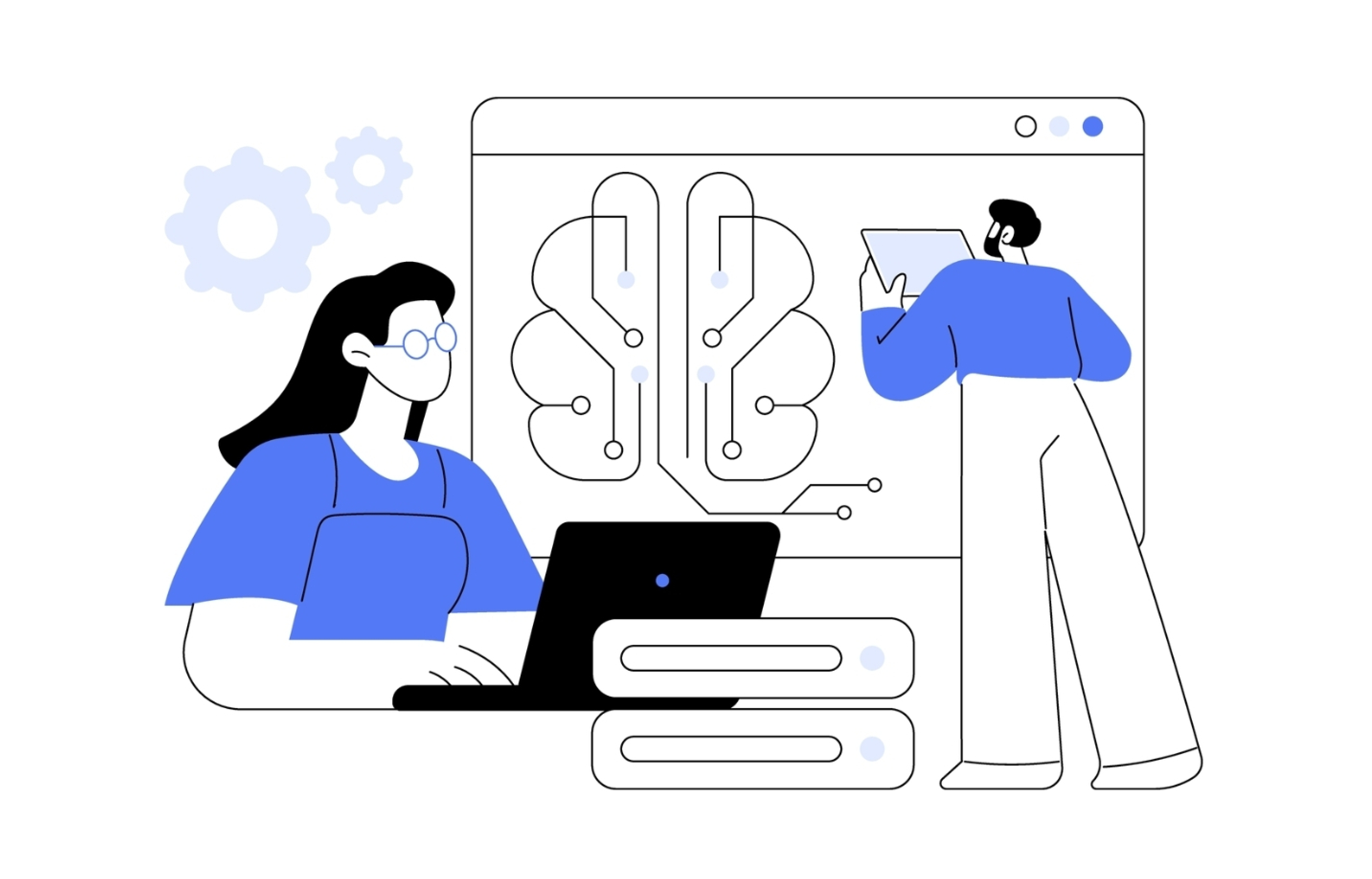Global education and e-learning are undergoing rapid transformation, driven by recent advancements in technology. According to Holon IQ, the global education market is growing at 16.3% and is projected to reach $404 billion in total global expenses by 2025, with the overall education and services market expected to grow to $7.3.
Modern technologies empower students, teachers, scientists, and administrators worldwide to overcome language barriers and create a more inclusive, accessible, and personalized educational experience. As classrooms become more linguistically diverse, with a growing number of non-native language speakers, the need for reliable educational tools has increased greatly.
Lingvanex Speech Recognition Software is one of the most accessible cutting-edge solutions for learners around the globe and it has the potential to be a game-changer in the education and e-learning sectors. Let’s see why.

Understanding Lingvanex On-Premise Speech Recognition Software For Education and E-learning
Lingvanex's On-premise Speech Recognition Software is a powerful tool that can positively transform everyone's educational experience. Its key features contribute to a faster and more effective learning experience, such as:
- Accuracy: automatic speech recognition technology, powered by advanced AI and machine learning, ensures reliable transcription of speech even in challenging settings. Voice-Enabled Classroom Technologies gives students better comprehension and contributes to precise recordings of the educational content.
- Multilingual support: the software provides seamless real-time speech recognition across a large number of languages (91 to be exact), empowering students of diverse linguistic backgrounds to take equal part in the learning process.
- Data security: Lingvanex’s Secure Speech Recognition software ensures that all the sensitive private data and students personal information remains within educational institutions.
- Customization options: by tailoring learning vocabulary and easily integrating into different platforms Lingvanex enhances learning experience and makes it more personal. The software can be accustomed to specific teaching methods and learning needs, for ex., for students with special needs.
By combining these capabilities, Lingvanex Speech Recognition empowers students, teachers, and researchers to overcome language barriers and optimize the quality of the educational process.
The Application of Lingvanex On-premise Speech Recognition Software in Education and E-learning
There are several ways of how Lingvanex On-premise Speech Recognition Software can be applied in modern educational environments. Let’s see how it helps students to achieve greater academic success.
Classroom integration
Lingvanex's Multilingual Speech Recognition Software enables students from diverse linguistic backgrounds to fully engage with lectures and discussions in their native languages. As a result, all learners can actively participate and comprehend the educational material, regardless of their primary language.
Online learning platforms
Lingvanex's Speech Recognition Software can be integrated with virtual classroom platforms such as Zoom, Microsoft Teams, Google Meet and popular E-learning platforms — Moodle, Blackboard and Canvas. Such integration allows for accurate real-time transcription of video lectures, webinars, and online discussions, giving the students an equal opportunity to access comprehensive course materials and improve their comprehension.
Language Learning
Lingvanex’s multilingual software with multiple customization options enable students to adjust the learning material to meet their specific needs. They can create personalized language lessons, glossaries, exercises while the teachers can appreciate different assessment tools that Lingvanex's speech recognition provides to track the learner's progress and collect feedback.
Besides, Lingvanex's advanced speech recognition tools can supply real-time feedback on a learner's pronunciation accuracy. By comparing the learner's speech to native pronunciations, the software can identify areas for improvement and suggest corrective measures, helping the learner refine their speaking skills.
Assessment and Feedback
Automatic speech recognition tools are also helpful for oral exams and real-time language performance evaluation. Teachers can document their students’ responses during oral assessments. The obtained transcripts can be analyzed to evaluate the student's language proficiency, grammar, pronunciation and overall communication skills. Lingvanex's speech recognition tool can be integrated into E-learning platforms or virtual classrooms to provide real-time feedback to students and teachers. It can be one of the fair technological ways of scoring and assessing students, highlighting their strengths and weaknesses in real-time.
Support for students with disabilities
On-premise Speech Recognition Software from Lingvanex provides valuable support for students with disabilities in the educational environment: it can convert speech into text, making lectures and discussions accessible to everyone.
Real-time transcripts of lectures, discussions, and presentations can enable students with impairments to fully engage with the course material and participate actively in the learning process. It allows each student with disabilities to keep to their own learning pace. It’s vital to have an opportunity to return to the recorded transcripts. They can be available for multiple reviews and study due to modern speech recognition technology tools.
Benefits in Education and E-learning
As a forward-thinking educational leader, you can understand the immense value that advanced technology of speech recognition can bring to the educational and E-learning landscape:
- Imagine a classroom where every student, regardless of their abilities or linguistic background, can actively participate and make achievements. Each student can express their knowledge on the subject using intuitive voice commands! This might be a great boost to students’ development of talents and creativity!
- One more tangible benefit is that voice-based interactions can be easily integrated into the school curriculum! As a teacher, you can engage your students even more: they become active co-creators of their learning experience. This definitely leads to higher levels of motivation.
- Personalized learning platforms powered by automatic speech recognition can deliver unparalleled results. As it was mentioned before, educators will have the tools to identify the strengths and weaknesses of their students. This will boost students’ academic performance and help them cultivate a sense of confidence and self-worth.
- The time-saving benefits for both educators and students are equally remarkable. Automated transcription, speech to text and feedback mechanisms will take some administrative tasks, while the teaching staff could focus on the more important aspects of the learning process.
Particularly for educational purposes, On-premise Speech Recognition software from Lingvanex offers a unique language learning tool. By providing real-time pronunciation feedback and enabling students to practice their speaking skills, it can empower them to develop fluency and confidence in the target language — a skill so necessary in our increasingly globalized world.
Future Trends
The future of speech recognition technology in education holds immense promise. With advancements in natural language processing and machine learning, automatic speech recognition software will include more languages and will understand the context and intent behind human speech much better.
These improvements will be of great importance for the educational process as speech recognition might integrate with technologies like virtual reality to create immersive learning environments where students can interact using voice and gestures. Have you ever watched immersive movies? They give us a glimpse of what the future educational process might be like.
Edtech companies are expected to develop personalized learning platforms where utilizing voice interactions educators will be able to assess learning progress, provide customized content and offer real-time feedback and support.
Conclusion
Overall, the integration of advanced speech recognition technology in education and e-learning has the potential to transform education and e-learning in many ways. Speech recognition can make the educational process more inclusive, personalized, and efficient for both students and teachers.
One of the most powerful speech recognition tools that could have a significant impact on education is Lingvanex. It supports 91 languages, including rare ones, with the ability to transcribe and translate speech in real-time. The solution enables students to ask questions, express their thoughts in different languages and receive instant feedback, while teachers can use voice-based assessments and provide real-time guidance through natural conversations.



